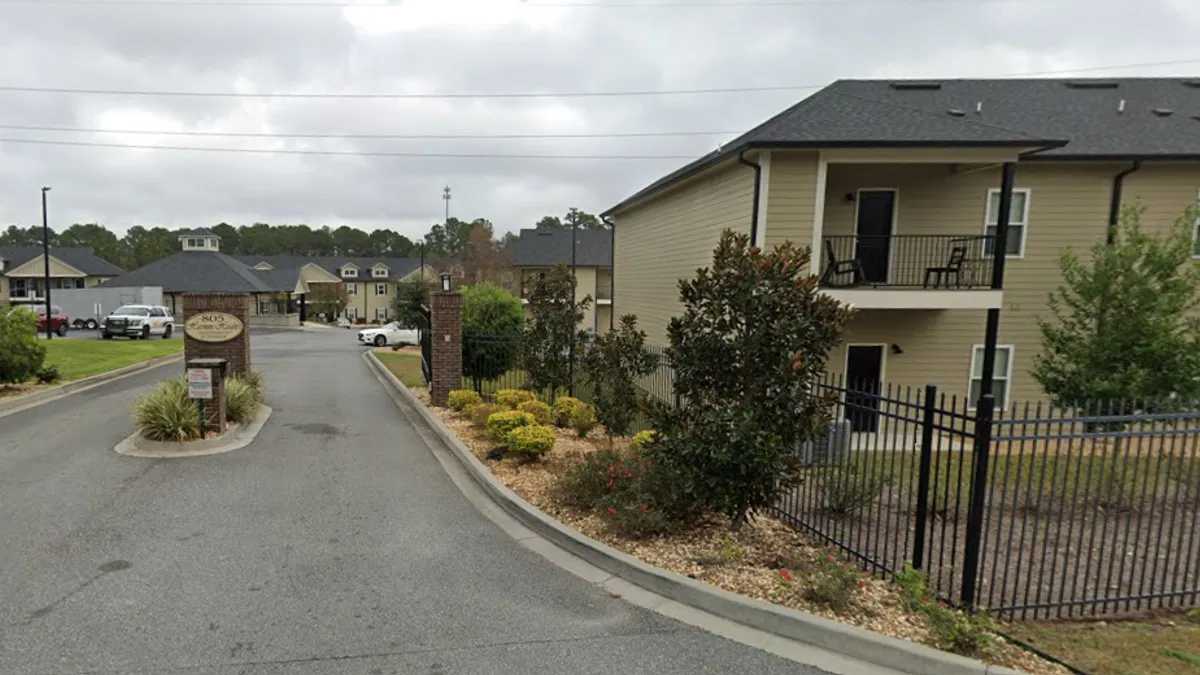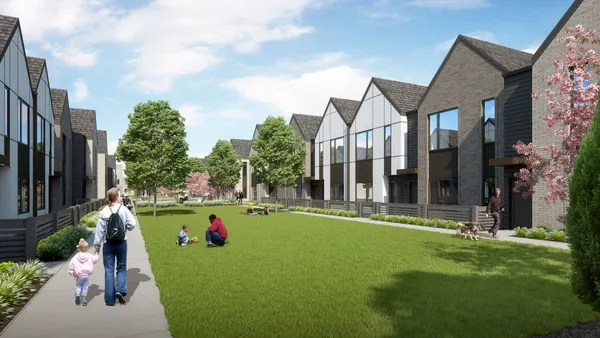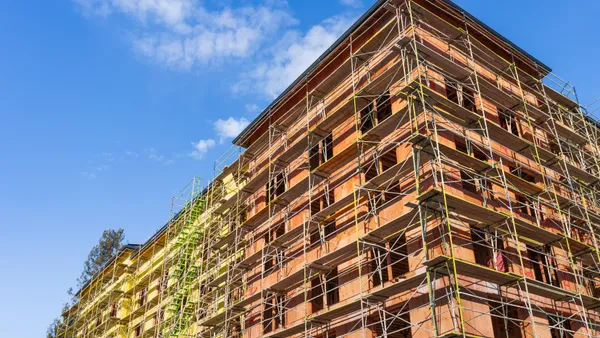The number of multifamily buildings pursuing health and wellness certifications such as the WELL Building Standard and Fitwel has skyrocketed during the pandemic, but owners and operators aren’t seeking them out just because it’s the right thing to do.
The ROI for multifamily developers that put in the effort and expense to get their properties certified has yet to be quantified, but some say they’re seeing payback in terms of faster lease-up and sales, higher retention rates and positive public relations.
“It’s not just that we’re demanding higher rent when residents first move in, but they’re also more likely to stay,” Anna Malhari, COO of Veris Residential, a Jersey City, N.J.-based REIT that achieved WELL certification for its entire portfolio last year, said she expects the certification to help retain current residents and attract future renters.
The WELL Building Standard is modeled after LEED certification, but focuses on the physical, emotional and mental health of people inside buildings. Fitwel is a healthy building standard created by the Centers for Disease Control and Prevention and General Services Administration.
Malhari said pursuing WELL certification was a natural step for the company because Veris’ properties already met most of its requirements.
“Certification itself didn’t mean any significant capital outlay for us,” she said. “It wasn’t as much of a question of whether we wanted to spend the money to do it or whether we would ever get it back. We just wanted to showcase all these things we’d been doing already.”
Paying off
Brian Levitt, president of Denver-based NAVA Real Estate Development, said the company paid about $784,000 to achieve WELL certification for Lakehouse (shown above), a 196-unit condominium project in Denver. NAVA shelled out roughly $3,200 in hard costs and $800 in soft costs (for registration fees, consultants and the like) per unit for Lakehouse.
The Colorado chapter of NAIOP, the Commercial Real Estate Development Association, named Lakehouse its “Innovative Development of the Year” last year.
Levitt said that investment already pays off in the publicity Lakehouse receives as a healthy building — essentially, free marketing.
“A lot of local newspapers, big magazines and national press want to show that healthy buildings are out there,” he says. “That helps us — as opposed to writing a check to place an ad in a magazine, which costs money.”
In a 2020 study, the MIT Real Estate Innovation Lab found that rents in office buildings that achieved WELL and/or Fitwel certifications were between 4.4% and 7.7% higher per square foot than non-certified buildings independent of all other factors, including LEED certification, building age, renovation, lease duration and submarket.
Sara Karerat, director of applied research at the Center for Active Design, which operates Fitwel, said she believes certified multifamily buildings are commanding similar premiums but “it just hasn’t been quantified in the same way because it’s been happening in the workplace for longer.”
Multifamily is one of the fastest-growing asset classes receiving Fitwel certification, with the number of properties pursuing certification increasing 122% year over year in 2021, according to Karerat.
“I can’t overstate how much growth we’ve seen over the past two years in this space,” she said.
When Fitwel surveyed key investors last year, it found that 87% of institutional investors were seeing increased demand for healthy communities, Karerat said, and investors expect demand for healthy buildings to grow in the next three years.
“We did see that tenants were leading that demand,” she added.
COVID-19 heightens interest
Already a priority for increasingly eco- and health-conscious younger renters, healthy homes have become more important to 54% of all adults since the coronavirus pandemic began, according to a 2020 Harris poll.
“COVID-19 brought this switch from health and wellness as a premium to something that’s really a fundamental aspect of buildings,” said Breana Wheeler, U.S. director of operations for BREEAM, a global certification system for sustainable buildings that incorporates health and wellness metrics.
Earlier this year, Washington, D.C.-based WashREIT became the first U.S. multifamily operator to achieve BREEAM certification on eight of its developments.
Karerat said interest in wellness certifications was growing before the pandemic, but “people didn’t know what to ask for, specifically when it comes to indoor air quality.”
In 2020, Atlanta-based multifamily REIT AMLI’s fourth annual Sustainability Index survey found that 83% of residents believed that living in a green apartment was good for their health and that because of COVID-19, “71% of residents place an increased value on the healthy building features in their apartment communities.”
At Veris, “COVID was one of the catalysts for us to get the formal certification, so we could give residents a seal on the door that we adhere to all the right procedures,” Malhari said.
NAVA began pursuing WELL certification at Lakehouse, which was completed in March 2020, well before anyone knew how important indoor air quality would become. As a requirement to meet the standard, every unit gets fresh air pumped in through MERV-13 air filters, which are recommended by the EPA and the International Well Building Institute to trap viruses.
“No doubt, having the MERV-13 filters and the access to outdoor space that WELL prescribes was really meaningful to a number of people,” said Levitt, who sees WELL as “future-proofing the building.”
“How can you afford not to do this?” he said. “We don’t know what’s around the corner. We don’t know what’s yet to come.”










